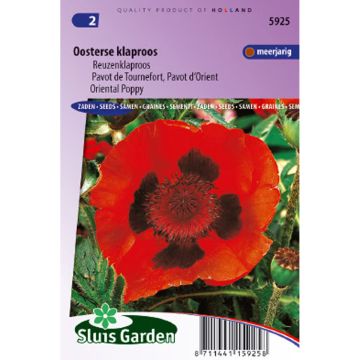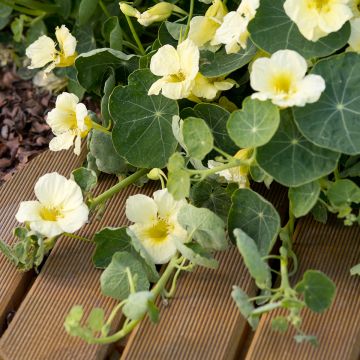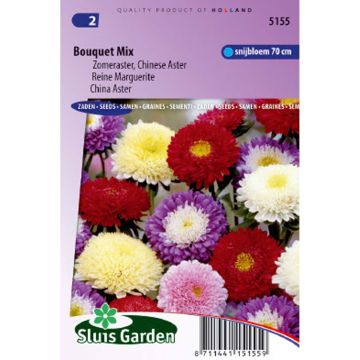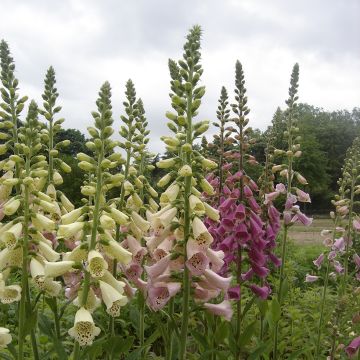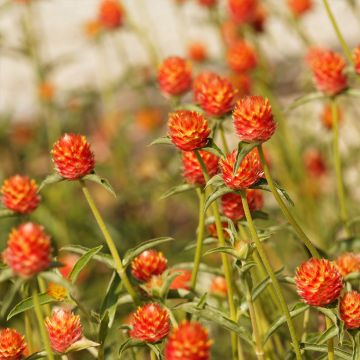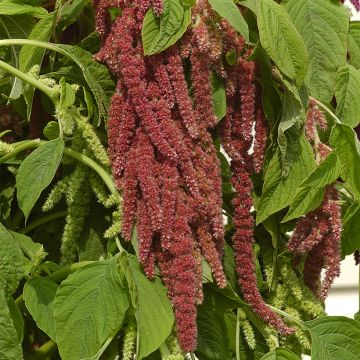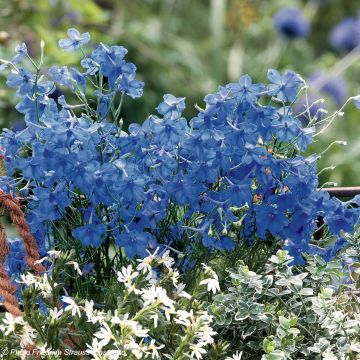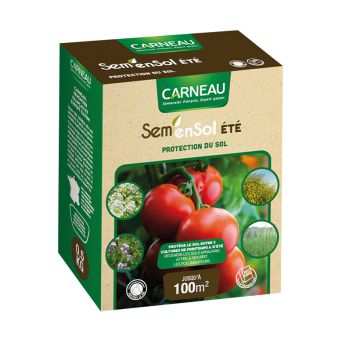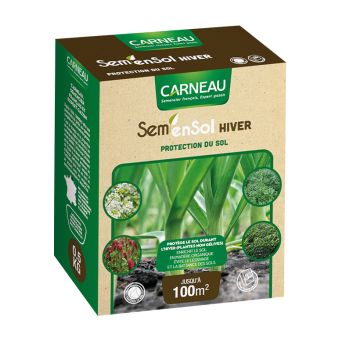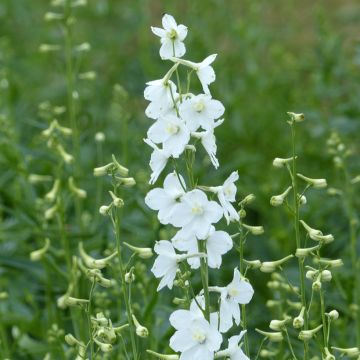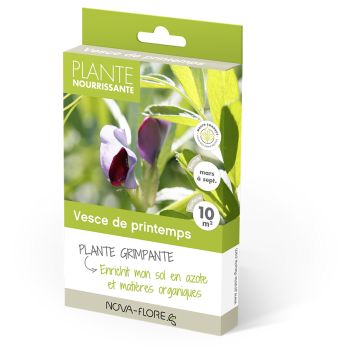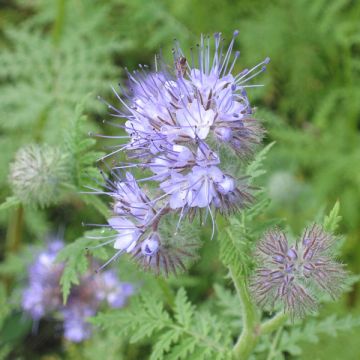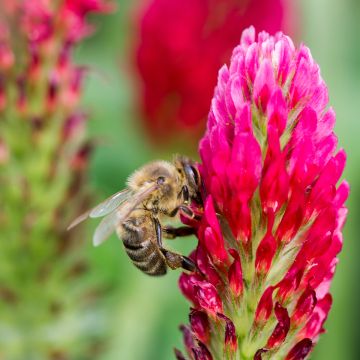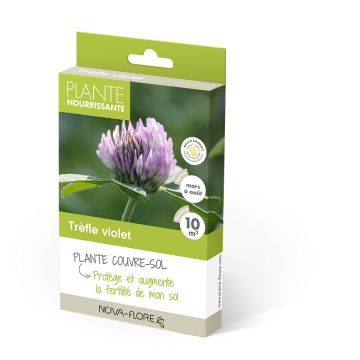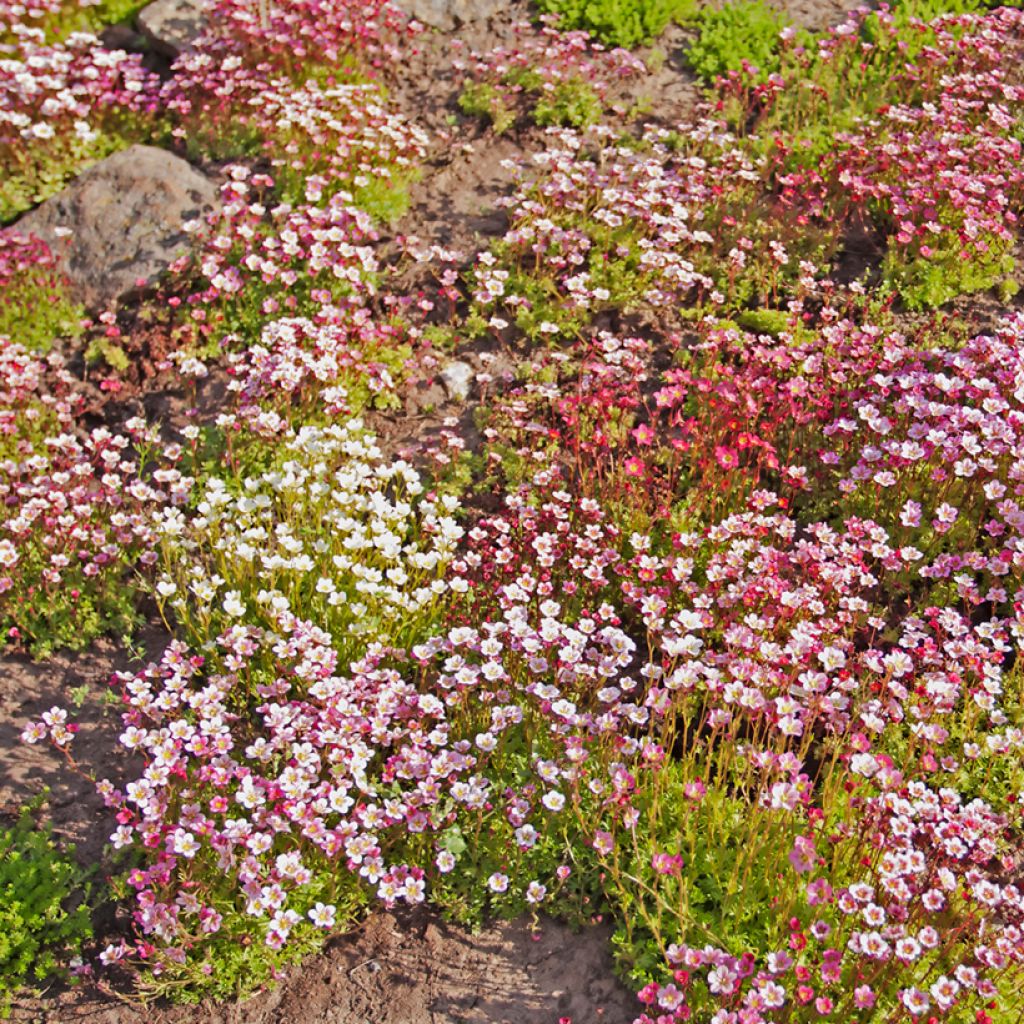

Saxifraga x arendsii Rockery Hybrids mix seeds
Saxifraga x arendsii Rockery Hybrids mix seeds
Saxifraga Arendsii Rockery Hybrids Mix
Mossy saxifrage, Arends' saxifrage
This item cannot be shipped to the selected country
Dispatch by letter from €3.90
More information
Schedule delivery date,
and select date in basket
This plant carries a 6 months recovery warranty
More information
We guarantee the quality of our plants for a full growing cycle, and will replace at our expense any plant that fails to recover under normal climatic and planting conditions.
Seed-only orders are dispatched by sealed envelope. The delivery charge for seed-only orders is €3.90.
Does this plant fit my garden?
Set up your Plantfit profile →
Description
Saxifraga x arendsii Rockery Hybrids Mix forms a small evergreen cushion of 25 cm in all directions. In spring, it is covered with a multitude of small white, pink or carmine flowers. This perennial plant is perfect for bringing life to a rockery, a border, a bed or even a planter. Easy to grow and hardy, it appreciates light sun or partial shade in soil that remains moist, rich, humus-bearing and non-acidic. It is ideally sown in spring under shelter.
From the Saxifragaceae family, Saxifraga x arendsii is a complex hybrid developed by Arends Nurseries in Germany, near Cologne, from species of Saxifraga originating from the Far North. The Rockery Hybrids Mix selection is appreciated for its compact habit (it does not exceed 25 cm in all directions) and its floribundity. The mossy saxifrage is so named due to its compact tufted habit forming like a small evergreen cushion. It is very useful in rockeries or for creating small flowering borders. Its foliage consists of rosettes of bright green leaves, 2 to 4 cm in diameter. Between April and June, numerous small flowers with 5 rounded petals, 1 to 2 cm in diameter, bloom abundantly, completely covering the foliage. This mix consists of white, pink, and carmine flowers.
The mossy saxifrage is able to creep into crevices or paving joints. When planted en masse, it can serve as a ground cover or fill the edge of a bed. Cultivation in a pot is entirely possible. In a rockery, pair it with Campanula Carpatica with blue flowers or the Hardy Geranium Jolly Jewel Violet with violet flowers and a purple heart. In a container, consider Heuchera Pink Panther with pink-purple foliage and Muehlenbeckia complexa with trailing habit.
Report an error about the product description
Flowering
Foliage
Plant habit
Botanical data
Saxifraga
Arendsii
Rockery Hybrids Mix
Saxifragaceae
Mossy saxifrage, Arends' saxifrage
Saxifraga (Arendsii Group) Rockery Hybrids Mix
Cultivar or hybrid
Other Flower seeds A to Z
Planting and care
Sow Saxifraga x arendsii Rockery Hybrids Mix in spring or autumn under cover, or indoors all year round. The ideal germination temperature is 15 to 20°C and germination can occur between 21 and 30 days. Sow your seeds on the surface of a light seed compost and keep it moist. When your seedlings are large enough to handle, transplant them into a pot. Allow for 15 days of hardening before planting them in the garden, once all risk of frost has passed. If germination has not occurred after 60 days, you can place your trays at 4°C for 3 to 4 weeks and then return them to a warm place to stimulate seed germination.
Mossy saxifrage is an easy plant that thrives in rich, humus-bearing, non-drying out, well-drained, and non-acidic soil. In heavy soil, add compost or potting soil. Place it in the sun (not scorching) or partial shade. Simply remove faded flowers regularly to prolong flowering.
Sowing period
Intended location
This item has not been reviewed yet - be the first to leave a review about it.
Flower seeds
Haven't found what you were looking for?
Hardiness is the lowest winter temperature a plant can endure without suffering serious damage or even dying. However, hardiness is affected by location (a sheltered area, such as a patio), protection (winter cover) and soil type (hardiness is improved by well-drained soil).

Photo Sharing Terms & Conditions
In order to encourage gardeners to interact and share their experiences, Promesse de fleurs offers various media enabling content to be uploaded onto its Site - in particular via the ‘Photo sharing’ module.
The User agrees to refrain from:
- Posting any content that is illegal, prejudicial, insulting, racist, inciteful to hatred, revisionist, contrary to public decency, that infringes on privacy or on the privacy rights of third parties, in particular the publicity rights of persons and goods, intellectual property rights, or the right to privacy.
- Submitting content on behalf of a third party;
- Impersonate the identity of a third party and/or publish any personal information about a third party;
In general, the User undertakes to refrain from any unethical behaviour.
All Content (in particular text, comments, files, images, photos, videos, creative works, etc.), which may be subject to property or intellectual property rights, image or other private rights, shall remain the property of the User, subject to the limited rights granted by the terms of the licence granted by Promesse de fleurs as stated below. Users are at liberty to publish or not to publish such Content on the Site, notably via the ‘Photo Sharing’ facility, and accept that this Content shall be made public and freely accessible, notably on the Internet.
Users further acknowledge, undertake to have ,and guarantee that they hold all necessary rights and permissions to publish such material on the Site, in particular with regard to the legislation in force pertaining to any privacy, property, intellectual property, image, or contractual rights, or rights of any other nature. By publishing such Content on the Site, Users acknowledge accepting full liability as publishers of the Content within the meaning of the law, and grant Promesse de fleurs, free of charge, an inclusive, worldwide licence for the said Content for the entire duration of its publication, including all reproduction, representation, up/downloading, displaying, performing, transmission, and storage rights.
Users also grant permission for their name to be linked to the Content and accept that this link may not always be made available.
By engaging in posting material, Users consent to their Content becoming automatically accessible on the Internet, in particular on other sites and/or blogs and/or web pages of the Promesse de fleurs site, including in particular social pages and the Promesse de fleurs catalogue.
Users may secure the removal of entrusted content free of charge by issuing a simple request via our contact form.
The flowering period indicated on our website applies to countries and regions located in USDA zone 8 (France, the United Kingdom, Ireland, the Netherlands, etc.)
It will vary according to where you live:
- In zones 9 to 10 (Italy, Spain, Greece, etc.), flowering will occur about 2 to 4 weeks earlier.
- In zones 6 to 7 (Germany, Poland, Slovenia, and lower mountainous regions), flowering will be delayed by 2 to 3 weeks.
- In zone 5 (Central Europe, Scandinavia), blooming will be delayed by 3 to 5 weeks.
In temperate climates, pruning of spring-flowering shrubs (forsythia, spireas, etc.) should be done just after flowering.
Pruning of summer-flowering shrubs (Indian Lilac, Perovskia, etc.) can be done in winter or spring.
In cold regions as well as with frost-sensitive plants, avoid pruning too early when severe frosts may still occur.
The planting period indicated on our website applies to countries and regions located in USDA zone 8 (France, United Kingdom, Ireland, Netherlands).
It will vary according to where you live:
- In Mediterranean zones (Marseille, Madrid, Milan, etc.), autumn and winter are the best planting periods.
- In continental zones (Strasbourg, Munich, Vienna, etc.), delay planting by 2 to 3 weeks in spring and bring it forward by 2 to 4 weeks in autumn.
- In mountainous regions (the Alps, Pyrenees, Carpathians, etc.), it is best to plant in late spring (May-June) or late summer (August-September).
The harvesting period indicated on our website applies to countries and regions in USDA zone 8 (France, England, Ireland, the Netherlands).
In colder areas (Scandinavia, Poland, Austria...) fruit and vegetable harvests are likely to be delayed by 3-4 weeks.
In warmer areas (Italy, Spain, Greece, etc.), harvesting will probably take place earlier, depending on weather conditions.
The sowing periods indicated on our website apply to countries and regions within USDA Zone 8 (France, UK, Ireland, Netherlands).
In colder areas (Scandinavia, Poland, Austria...), delay any outdoor sowing by 3-4 weeks, or sow under glass.
In warmer climes (Italy, Spain, Greece, etc.), bring outdoor sowing forward by a few weeks.

































